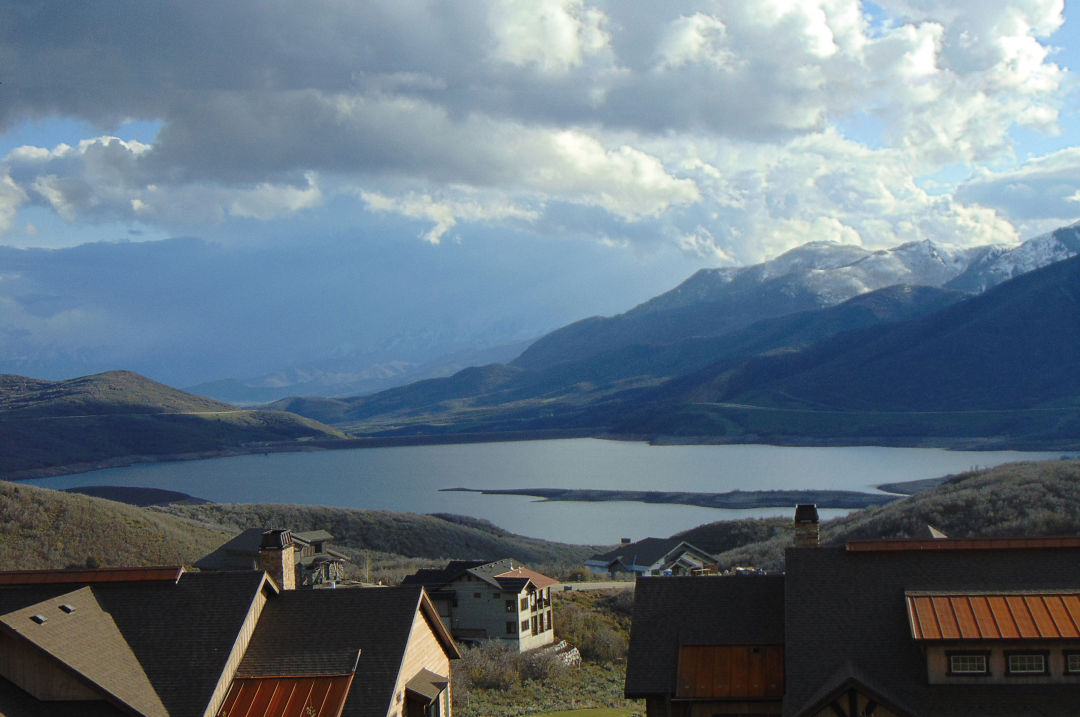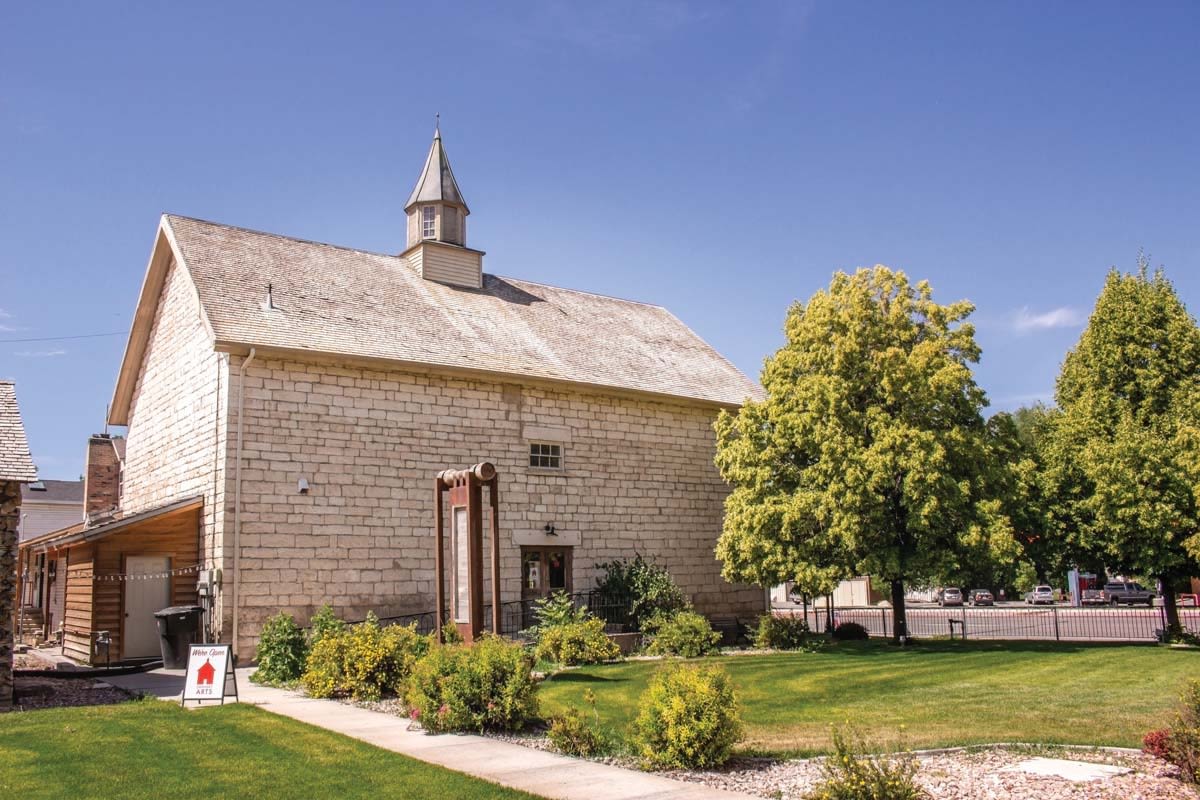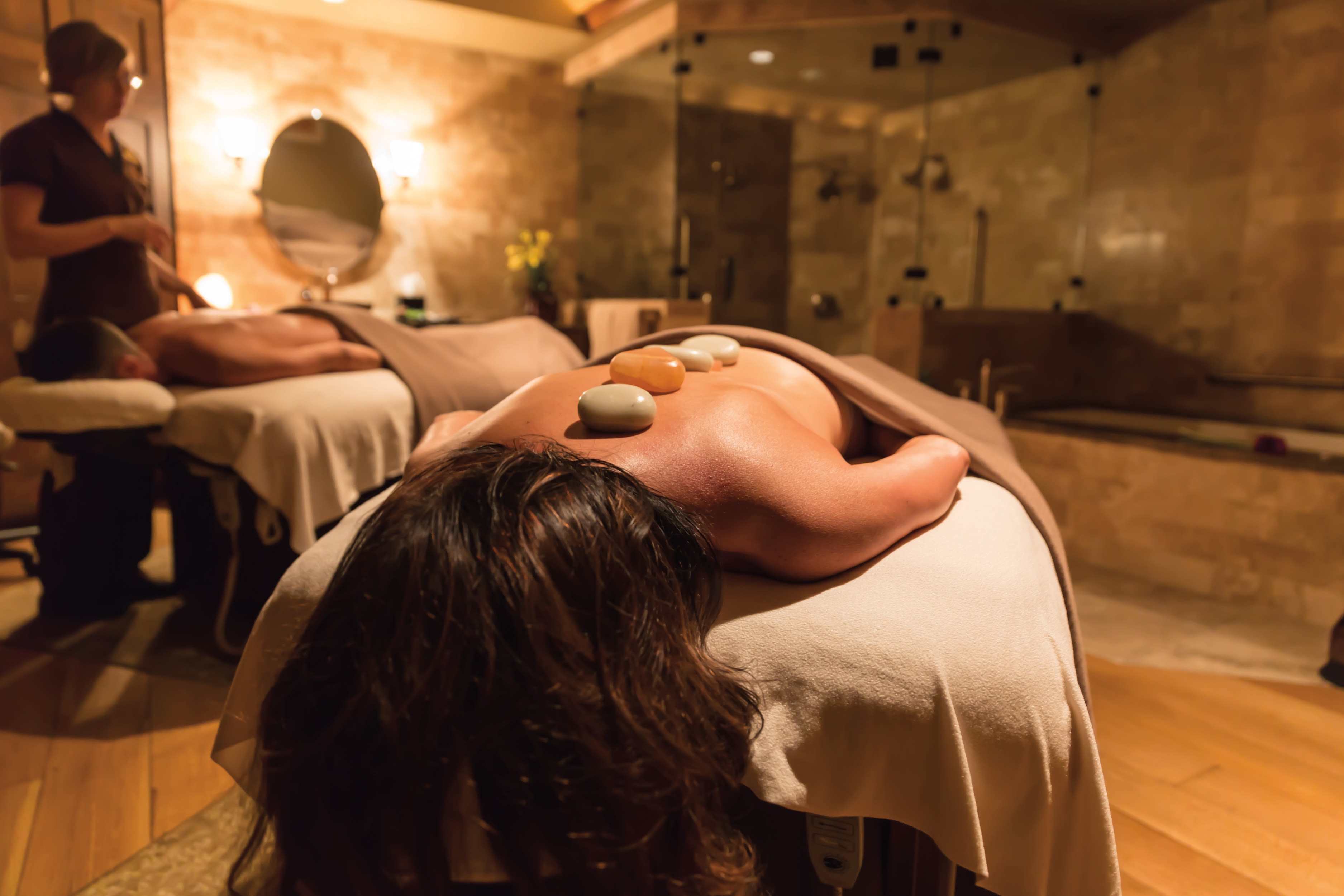Hideout Discovered

The 11-year-old town of Hideout flanks Jordanelle Reservoir.
Image: Errant Knight [cc 4.0]
Located just outside Park City on the banks of the Jordanelle, the tiny town of Hideout (hideoututah.gov) has quietly existed as its own municipality for 11 years—until recent talk of land annexation and accompanying commercial development ruffled its neighbors’ feathers. Made up of roughly a half-dozen distinct communities of high-end condos, twin homes, single-family homes, and affordable-housing apartments, it’s also home to a nine-hole golf course and trails.
Hideout first incorporated as a town in 2008, when short-lived state legislation opened a window for small communities to become cities. The 2,500-acre city has a mayor, a five-person town council, a five-member planning commission, a part-time police force, and boasts an estimated 2020 population of 1,253.
According to Hideout Mayor Philip Rubin, the town’s recently updated annexation plan is just that: a plan. “We don’t initiate annexation, landowners do; but if the Jordanelle is going to be built around—and all evidence suggests it is—[Hideout] would like some influence,” he explains.
The town comprises Deer Water; Golden Eagle; Hideout Canyon; Klaim; Rustler Shoreline; Soaring Hawk; Deer Mountain Apartments; and, coming soon, the 98-acre Deer Springs community. And with its increasing population, the city is facing more scrutiny from neighboring governments.
“Park City came to me and asked, ‘How are you going to control the sprawl?’” says Rubin. “It’s a great question that I asked right back of them because I don’t control 95 percent of what’s going on around the Jordanelle or Brown’s Canyon.... Summit County has some valid concerns, but I don’t think we’re the big piece of the puzzle.”
Hideout’s current centerpiece, the Outlaw Golf Course, is a scenic nine-hole public course designed by William H. Neff. And while services—like a gas station and coffee shop—are all on the wish list, Rubin says Hideout’s priorities are to secure green space, create a contiguous trail system and citywide sidewalks, and to get out in front on traffic solutions at access points.
“The fact is that Hideout is here, it’s growing, and we have to deal with the needs of the community,” he says.

































